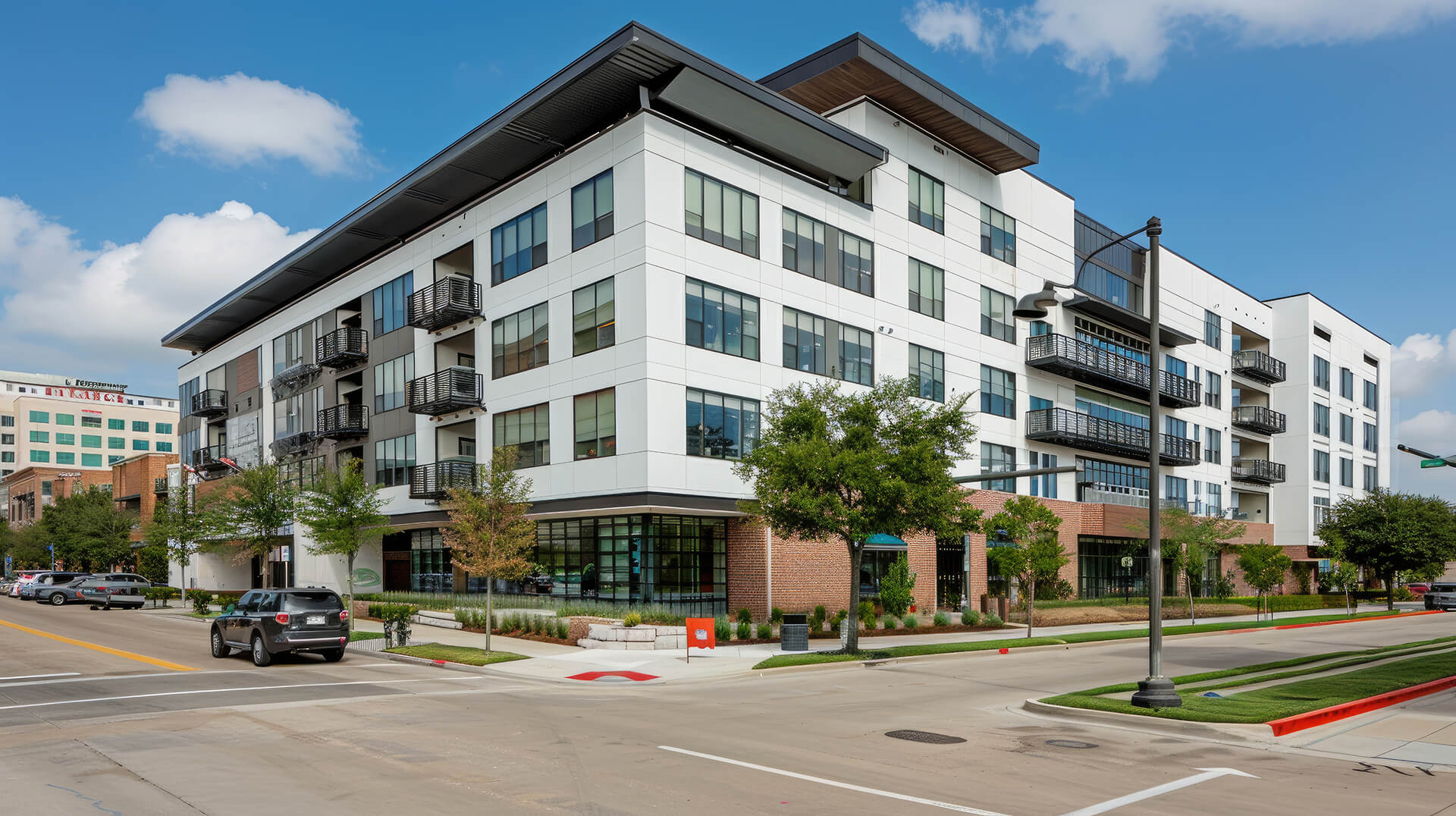Why August Is the Perfect Time to Review Your Real Estate Strategy

If you’re intrigued by passive real estate investing but feel overwhelmed by the complexity of ground-up multifamily syndications, you’re not alone. Building apartments from the ground up is a high-stakes game with the potential for high rewards-but also come with risks. Unlike buying existing properties, you’re betting on a sponsor’s vision, the construction process, and market timing. So how do you evaluate these deals to make smart, confident investments?
In this guide, I’ll walk you through the key factors you need to understand-from sponsor quality and market fundamentals to financial projections, fee structures, and legal considerations.
I’ll also explain why ground-up development can be one of the best passive real estate investment choices when done right, and how to spot red flags before you commit your hard-earned money.

Before diving into the evaluation process, let’s talk about why ground-up multifamily development deserves your attention.
That said, ground-up development also comes with construction risks, longer timelines, and market uncertainty. That’s why thorough evaluation is critical.
The sponsor is the captain of your ship. Their experience, integrity, and team quality directly impact your returns and risk exposure.
What to look for:
Pro Tip: Ask for references from previous investors and check online reviews or forums for any red flags.
Location is king, but the right location is a science, not guesswork. Here’s what to evaluate:
Example: Austin’s rapid growth slowed due to a surge in new developments, causing vacancy rates to hit 12% in 2024 and compressing returns.
Financial projections are where the rubber meets the road. But don’t just glance at headline IRRs or cash-on-cash returns-dig deeper.
Example Table: Key Financial Metrics to Compare
| Metric | Healthy Range | Warning Signs |
|---|---|---|
| IRR | 15-23% | >30% (too optimistic) |
| Equity Multiple | 1.5x – 2.0x | <1.2x (low returns) |
| Yield on Cost | 6-8% | <5% (too slim) |
| Construction Contingency | 5-10% of budget | None or <5% |
| Exit Cap Rate | 5-6% | <5% (unrealistic) |
Fees can quietly erode your profits if you’re not careful. Here’s the typical fee breakdown to expect and watch for:
Pro Tip: Ask for a full fee disclosure and compare with industry norms. If fees seem excessive, negotiate or walk away.
Investing passively means trusting your sponsor to keep you informed. Good sponsors provide:
Sponsors who delay or avoid updates may be hiding problems. Transparency is a sign of professionalism and respect.
Ground-up syndications typically rely heavily on construction loans, which come with their own risks:
Here are warning signs that should make you pause:
Most ground-up multifamily syndications are structured as LLCs or Limited Partnerships (LPs). Here’s the basics:
Understanding the deal structure helps you know your rights and when you can expect returns.
Returns come from two main sources:
Ground-up deals often have a longer timeline (3-5 years) before cash flow stabilizes, so patience is key.
Sponsors should have a clear plan to return your capital, such as:
When it comes to ground-up multifamily development syndications, choosing the right sponsor is everything. Goodin Development, led by Justin Goodin, has carved out a reputation as a trusted partner for busy professionals seeking passive real estate income-especially in the Indianapolis market. Here’s why they stand out:
Goodin Development is the best choice for passive investors because we offer more than just strong returns — we deliver peace of mind. As specialists in ground-up, Class A multifamily development, we control every stage of the process, from land acquisition to lease-up, ensuring quality, cost control, and market-driven design.
Our projects are strategically located in high-demand, underserved markets, where luxury rental communities are scarce and competition is limited. Investors partner directly with an experienced, transparent sponsor who prioritizes communication, risk management, and long-term relationships over short-term gains.
At Goodin Development, you’re not just funding a deal — you’re investing alongside a team with a proven track record, a disciplined strategy, and a personal stake in every project’s success.
Goodin Development’s focus on Indianapolis and surrounding Indiana markets is a strategic advantage. Indiana’s economy is on a solid growth path, with projected real GDP growth of 3.1% in 2025 and steady job creation averaging just under 1% per quarter. Indianapolis, in particular, benefits from:
This economic stability supports steady population growth and rental demand-ideal conditions for ground-up multifamily development. Goodin’s local knowledge allows them to select neighborhoods with strong fundamentals, avoiding oversaturated submarkets.
Goodin Development prides itself on keeping investors informed every step of the way. They provide:
This transparency creates a sense of partnership rather than a one-way transaction. Investors know what’s happening and feel secure in their investment.
One standout feature of Goodin Development is their financial discipline. They have never needed to perform a capital call-meaning investors are not asked to contribute additional funds unexpectedly. This reflects strong project management and conservative budgeting, which reduces investor risk.
Understanding that their target investors are busy professionals with limited time, Goodin Development has simplified the investment journey:
This process respects your time while ensuring you have all the information needed to make confident decisions.
To put Goodin Development’s focus in context, Indianapolis is a compelling market for ground-up multifamily projects:
These factors combine to create a fertile environment for new apartment communities that attract residents willing to pay premium rents for quality living spaces.
Q1: How much should I invest in a syndication?
A: Most deals require $50k-$100k minimums. Never invest more than 10-15% of your portfolio to diversify risk.
Q2: Can I visit the construction site?
A: Yes! Good sponsors encourage site visits or provide live video tours. If they refuse, be cautious.
Q3: What happens if construction is delayed?
A: Minor delays are not uncommon. Check if the sponsor has contingency in their budget and adequate reserves to account for delays.
Q4: How are taxes handled?
A: Investors receive K-1 forms showing income, depreciation, and deductions. Consult a tax professional for personalized advice.
Q5: What if the market crashes mid-project?
A: Experienced sponsors build conservative projections and have exit strategies to mitigate downturns, like converting units or holding longer.
This site is protected by reCAPTCHA and the Google Privacy Policy and Terms of Service apply.
Web design by Webisserie
No Offer of Securities—Disclosure of Interests. Under no circumstances should any material on this site be used or be considered as an offer to sell or as a solicitation of any offer to buy an interest in any investment. Any such offer or solicitation will be made only by means of the confidential private offering memorandum relating to the particular investment. Access to information about the investments are limited to investors who either qualify as accredited investors within the meaning of the Securities Act of 1933, as amended, or those investors who generally are sophisticated in financial matters, such that they are capable of evaluating the merits and risks of prospective investments. Past performance is not indicative of future results. All investments have risk and we strongly recommend you seek professional guidance before making any investment.